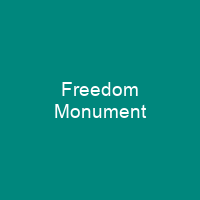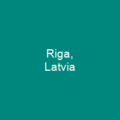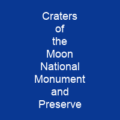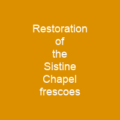Discovering the Freedom Monument in Riga
The Freedom Monument in Riga, Latvia stands as a towering symbol of resilience and independence, reaching 42 meters into the sky like a beacon of hope. This magnificent granite, travertine, and copper monument was unveiled in 1935 to honor soldiers who fought during the Latvian War of Independence (1918-1920). But what makes this monument so special? Why does it continue to captivate visitors and locals alike?
Design and Sculptures
The core of the monument is a tetragonal shape that decreases in size towards the top, crowned by a 19-meter high travertine column. This column supports a copper figure of Liberty lifting three gilded stars. The symbolism behind these elements is profound: the stars represent freedom and independence, while Liberty herself embodies the spirit of resistance and triumph.
The monument’s exterior features sculptural groups such as ‘Work,’ ‘Guards of the Fatherland,’ ‘1905,’ ‘The Battle against the Bermontians on the Iron Bridge,’ ‘Family,’ ‘Scholars,’ ‘Latvia,’ ‘Lāčplēsis,’ and ‘Chain breakers.’ Each sculpture tells a story, weaving together the rich tapestry of Latvian culture and history. These intricate details make every visit to the monument an exploration of Latvia’s past.
Location and Surroundings
The Freedom Monument is located in the heart of Riga, on Brīvības bulvāris (Freedom Avenue). Surrounded by parkland and a canal that forms an artificial hill with cascading waterfalls, it creates a serene yet powerful atmosphere. The monument’s location makes it a perfect spot for reflection and celebration.
Just steps away from the monument lies the National Opera House, adding to its cultural significance. Nearby, you can find the Laima clock, set up in 1924, which adds another layer of historical charm to the area. The monument’s surroundings are a testament to Latvia’s rich heritage and its enduring spirit.
Maintenance and Restoration
The Freedom Monument has faced numerous challenges over the years, including climate damage from frost and rain, air pollution, and water exposure. Despite these threats, it has undergone several restorations. The first major restoration took place in 2001, involving the replacement of fastenings with polyurethane filler and applying a water repellent.
Regular monitoring and maintenance are now carried out every five years to ensure its longevity. A major restoration is planned for 2017, highlighting the monument’s ongoing importance in Latvian society. These efforts underscore the commitment to preserving this national treasure.
Symbolism and Controversy
The Freedom Monument has not been without controversy. Initially built as a tribute to Joseph Stalin after World War II, its symbolism shifted over time under Soviet control. However, it remained a symbol of national independence for the general public. Public gatherings and events celebrating Latvia’s independence continued despite attempts by authorities to ban them.
After Latvia regained its independence in 1990, the monument became a focal point for various events, including commemorations for veterans of the Latvian Legion of the Waffen-SS. This event sparked controversy and political conflict between Latvians and Russians. The government’s attempts to control public gatherings by fencing off the area were met with criticism.
Despite these challenges, the monument continues to stand as a powerful symbol of freedom and independence. Its enduring presence serves as a reminder of Latvia’s rich history and its unwavering spirit.
Conclusion
The Freedom Monument in Riga is more than just a statue; it’s a living testament to the resilience and determination of the Latvian people. As you stand beneath its towering figure, you can’t help but feel a sense of awe and pride. This monument stands as a beacon of hope, reminding us that even in the darkest times, freedom and independence can prevail.
You want to know more about Freedom Monument?
This page is based on the article Freedom Monument published in Wikipedia (retrieved on November 28, 2024) and was automatically summarized using artificial intelligence.







